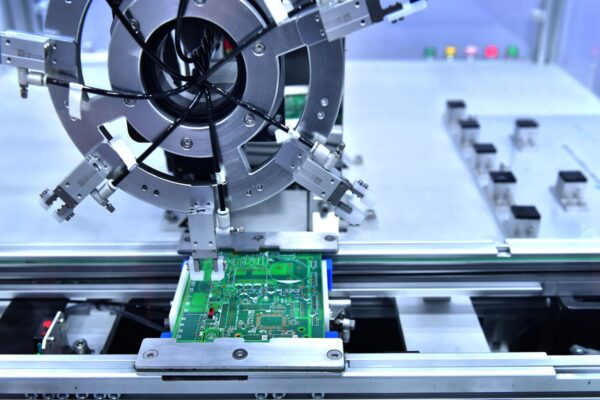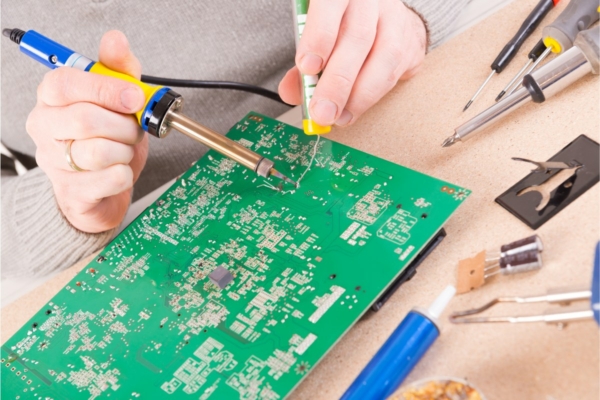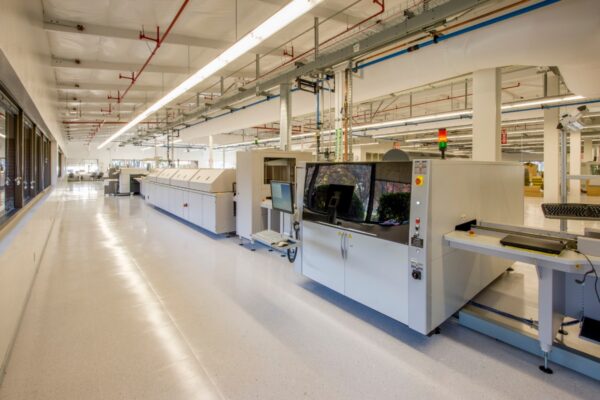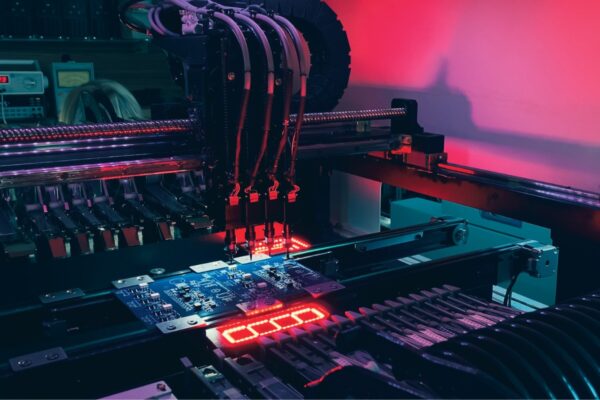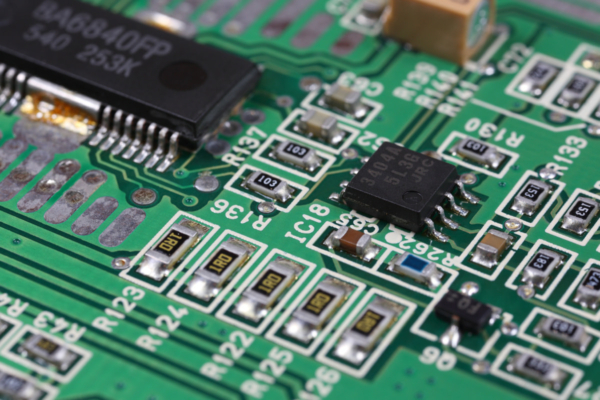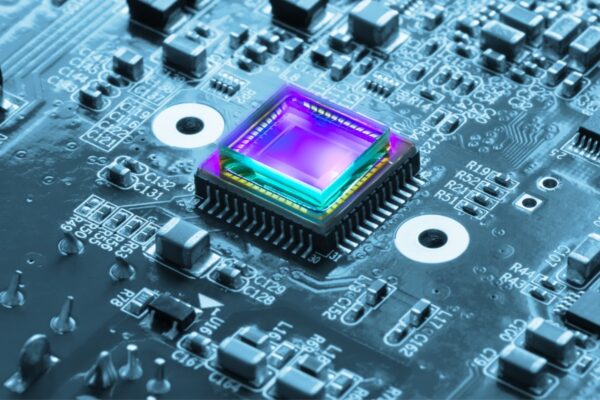What is Double-Sided Assembly
Double-sided assembly refers to the process of mounting and soldering components on both sides of a PCB, which involves repeating the parts-placement process on both the top and bottom sides of the PCB.
During double-sided assembly, careful consideration is given to the melting point of the solder mask. The solder mask used on the flipside of the PCB should have a slightly lower melting point than the one used on the other side. This ensures that the delicate components on the first side are not damaged during the soldering process on the second side.
Wave soldering is not suitable for double-sided assembly due to the risk of damaging the components on the first side. Instead, alternative soldering methods like reflow soldering or selective soldering are commonly used.
The demand for double-sided assembly is increasing as the electronics market requires more compact designs with complex circuits. Designers often utilize software tools like Cadence’s OrCAD to design double-sided PCBs, which provide features and tools to support the optimization and design process.
